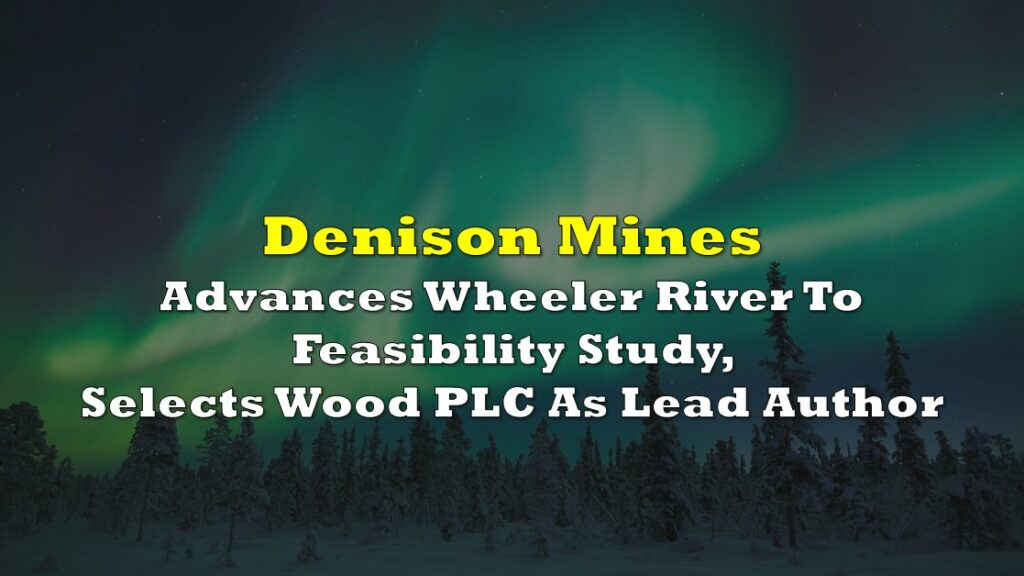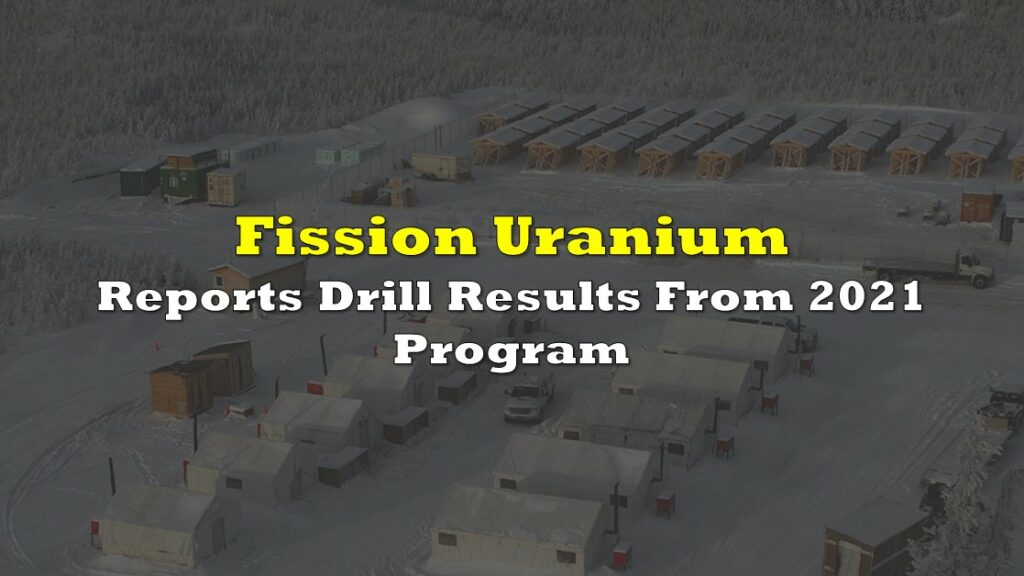In a bid to dispel concerns surrounding Cameco’s (TSX: CCO) market pricing, CFO Grant Isaac delivered a direct and comprehensive address yesterday, outlining what he termed as “four really important facts about Cameco.” Isaac’s statements aimed to debunk misconceptions and alleviate fears stemming from recent discussions post the Q4 earnings call.
Isaac began by addressing a common misconception, stating unequivocally, “Cameco never sells below the market.” Despite the current average realized price for 2024 being below the spot market, Isaac clarified that Cameco’s term contracts reflect market value, leveraging competitive advantages to secure optimal deals.
Following the earnings release, some industry observers have raised concerns about Cameco’s business model and its susceptibility to market fluctuations. Critics point to the company’s reliance on volume-driven strategies, with one commentator humorously remarking, “Buy at $90/sell at $52 and hope to make it up with volume.”
“Nobody is contracting for term contracts better than Cameco is. So we do not sell below the market,” Isaac asserted.
The second key insight Isaac provided was regarding market timing. He emphasized that Cameco prudently avoids overexposure to market spikes, citing instances where attempting to capitalize on spot market peaks had detrimental effects in the past. Isaac stressed the importance of strategic value capture over time rather than chasing short-term gains.
“A lot of people say well, don’t you wish you had some uranium to sell when the uranium price hit $106 a pound? No. I don’t. Because if I had uranium to sell, when it hit $106, first of all, it probably wouldn’t have hit $106 because the fact that I had uranium to sell would have been an overhang on the spot market,” the CFO explained.
Thirdly, Isaac tackled concerns of oversupply head-on, affirming that Cameco’s production expansion aligns with demonstrated demand, preventing market saturation.
“Cameco never oversupplies the market,” he said. “I just finished explaining that we don’t call for new production unless we’ve already captured the demand. And to the extent that Cameco’s strategy is being emulated by others, we’re in a much different environment.”
He highlighted a shift in industry dynamics, where major producers adopt a cautious approach, waiting for demand signals before increasing production, thus ensuring market stability.
Lastly, Isaac underscored Cameco’s role in providing investors with exposure to market upswings while safeguarding against downturns, offering a balanced investment proposition.
In a year marked by economic uncertainties and fluctuating market conditions, Cameco reported a 39% increase in revenue compared to the previous year. The company’s revenue for 2023 reached $2.59 billion, up from last year’s $1.87 billion.
Despite the overall positive performance, Cameco encountered certain production challenges throughout the year. The company’s production for 2023 amounted to 17.6 million pounds, falling short of the initial guidance of 20.3 million pounds. Notably, the production guidance was revised down to 18.7 million pounds in September, indicating the impact of operational adjustments and market dynamics on Cameco’s output.
Looking ahead to 2024, Cameco has set ambitious targets for production and sales volumes. The company aims to ramp up its production to 22.4 million pounds, representing a significant increase from the previous year. Additionally, Cameco forecasts sales commitments of 32 million pounds, signaling a challenge to its market presence and meeting growing demand for uranium.
Utilities
Isaac further explained, “We have our most success in what we call off-market negotiations with Utilities. These are the bilateral negotiations with Utilities, where they come directly to Cameco.” He highlighted the advantage of direct discussions, where Cameco’s expertise in contract terms and conditions is well understood by utility partners.
I have read so much #uranium commentary & analysis in 2021-2024; it's rare to see something new.
— ₿ΞΞnThereDoneThat Capital 賢い (@BeenThereCap) March 5, 2024
This tidbit from $CCJ's Grant Isaac yesterday is good, segmenting utility buyers. More demand is coming. We are nowhere near above-replacement buying, which is when #uranium moons. pic.twitter.com/uPiwjwIKJK
Even when tenders are floated in the market, Isaac expressed confidence in the company’s ability to engage in off-market negotiations, citing the ease in achieving market-related exposure and securing advantageous terms as market prices rise.
The CFO noted a varied response among utilities to recent geopolitical events, such as the Russian invasion of Ukraine. While some utilities swiftly responded to increased demand spurred by geopolitical tensions, others remain skeptical, banking on potential resolutions and future market developments.
Isaac cautioned against underestimating the impact of geopolitical uncertainties, stating, “But there are a group of utilities who don’t believe that it’s an issue yet.” He warned against complacency, highlighting the risk of being left as marginal buyers in a rapidly changing market landscape.
Despite fluctuations in demand and market conditions, Isaac emphasized the importance of strategic patience, stating, “The market isn’t fully in gear yet.” He stressed, however, the company’s commitment to waiting for demand signals before making production decisions, rather than attempting to front-run demand with increased supply.
“So the market has a ways to go and we just want to be strategically patient,” he added. “Wait for that demand to be revealed, and then make the right production decisions on the back end of that demand, but not try to front run demand with supply. That’s never worked in our industry. Yeah.”
Information for this briefing was found via the sources mentioned. The author has no securities or affiliations related to the organizations discussed. Not a recommendation to buy or sell. Always do additional research and consult a professional before purchasing a security. The author holds no licenses.









